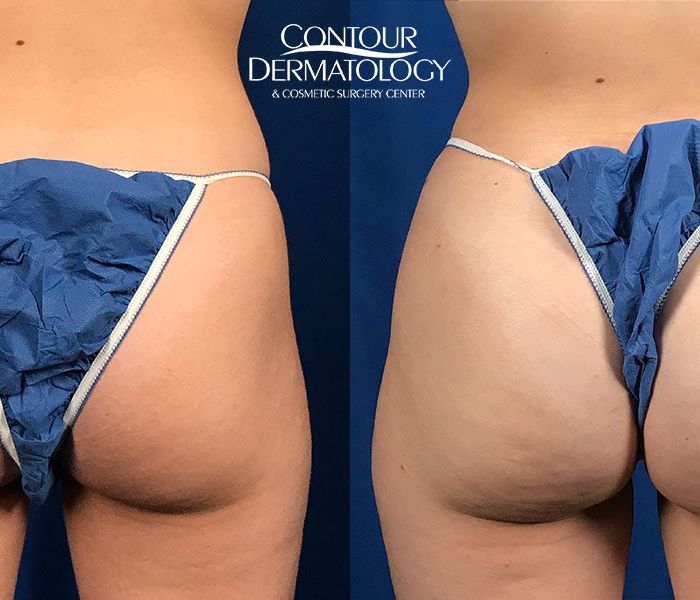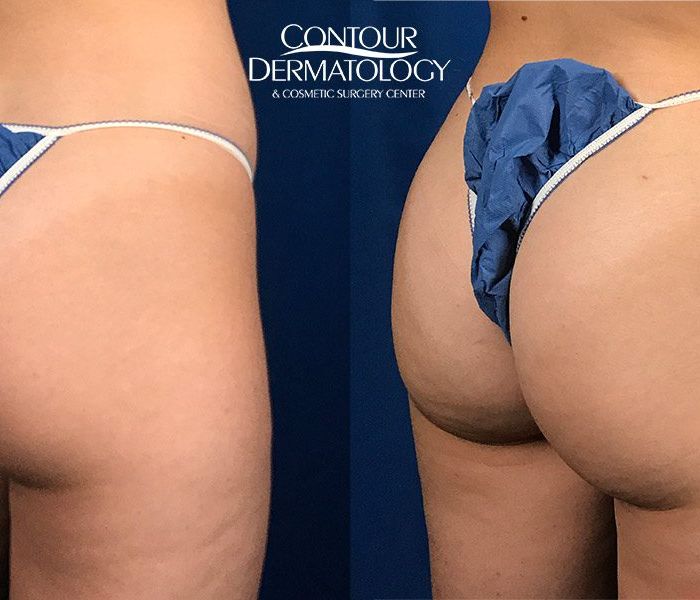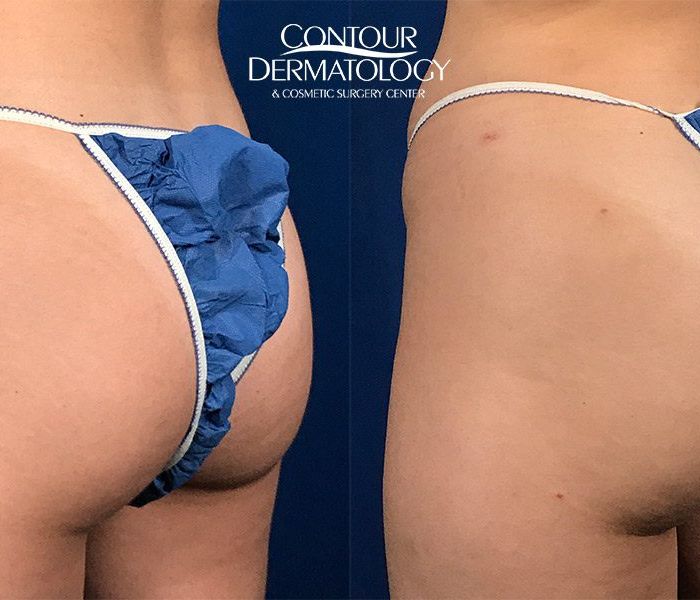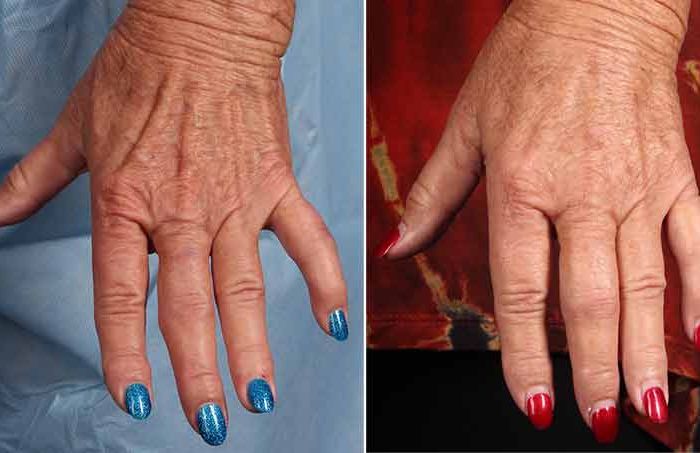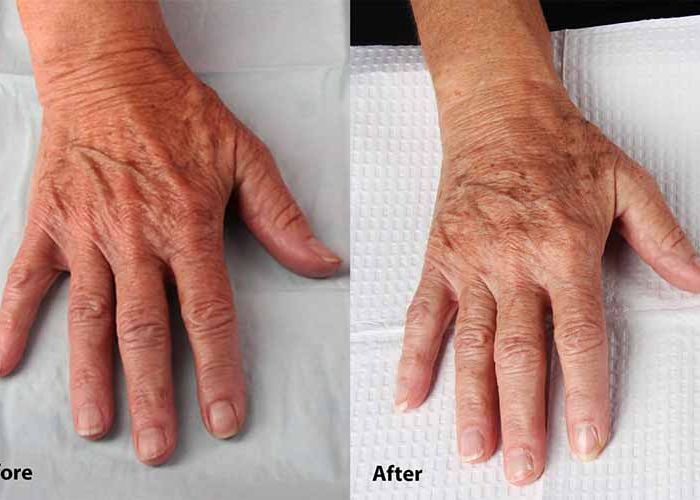Fat Transfer
Injectables and fillers
A fat transfer is the transplanting of fat from one part of the body to another. Fat transfers are used to correct the loss of subcutaneous fat that is a part of the aging process. It’s also used to fill in depressions and dimpling caused by scars (such as acne pitting). We harvest fat from areas where it is plentiful, purify it and re-inject it where it is needed (usually the face or the back of the hands). Because the fat comes from your own body, there is no risk of rejection or immune reaction. This is an office procedure and no general anesthetic is needed. We may use a local anesthetic along with intravenous pain medication and sedation before we start the procedure.
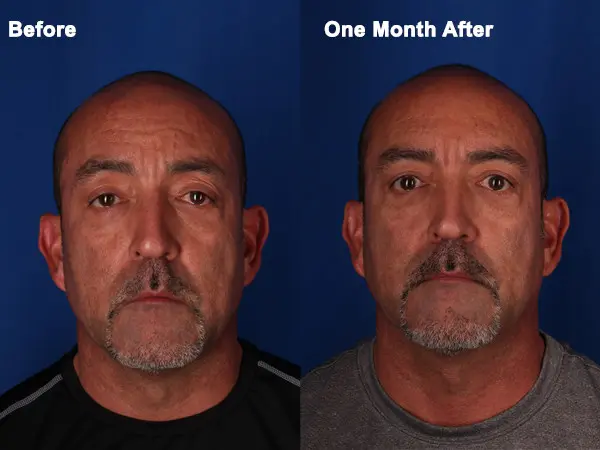
Fat Transfer

Injectables and fillers
A fat transfer is the transplanting of fat from one part of the body to another. Fat transfers are used to correct the loss of subcutaneous fat that is a part of the aging process. It’s also used to fill in depressions and dimpling caused by scars (such as acne pitting). We harvest fat from areas where it is plentiful, purify it and re-inject it where it is needed (usually the face or the back of the hands). Because the fat comes from your own body, there is no risk of rejection or immune reaction. This is an office procedure and no general anesthetic is needed. We may use a local anesthetic along with intravenous pain medication and sedation before we start the procedure.
Is a Fat Transfer for You?
If you feel your face is becoming drawn and developing a hollow look, you may want to come in for a consultation. Dr. Jochen will show you what fat transfers have done for other patients, and give you his professional opinion about what they can do for you.
As we age we lose subcutaneous fat, which makes the skin fall back toward the facial bones, producing a “skeletal” look. This volume loss accounts for much of the fatigued, drawn look associated with getting older. Fat transfers are an excellent way to correct this volume loss.
Areas with less muscle movement (such as around the eyes) tend to retain more of the fat. The chances of long-term survival of the fat cells are much better if we put in very small amounts at a time. Therefore, multiple sessions are usually needed to achieve the final result.
During your pre-op evaluation, we will determine, together with you, which areas would benefit most from this procedure. The most common areas to inject are the temples, forehead, brows, below the eyes, the cheeks, the lips, the chin and the jaw line. We will usually ask you to bring a photo of yourself when you were younger. This helps us determine where to replace lost fat to your face.
How Long Goes Fat Transfer Last?
How long the fat transfer will last depends on how many of the fat cells survive the first few weeks after transplant. Because the fat loses its blood supply when we take it out of your body, we use a very careful technique when we reinject it, to make sure it develops a new blood supply in the new area. Not all the cells will survive, but typically 60-70% will remain long term.
Areas with less muscle movement (such as around the eyes) tend to retain more of the fat. The chances of long-term survival of the fat cells are much better if we put in very small amounts at a time. Therefore, multiple sessions are usually needed to achieve the final result.
What are the Risks of Fat Transfer?
Scarring is unlikely. We do make a few, small (about 1/4″) incisions in the area where we collect the fat, and on your face (to inject it), but these almost always heal with minimal or no scarring.
You will be swollen and possibly bruised for about a week. You will more than likely have some discomfort until the swelling goes down, in about two days. You can go back to normal (light) activity within a few days, but your face will not look normal yet. It is best to wait at least a week to resume more strenuous activities. If possible, we suggest you take a week off to recuperate and let the swelling go down.
This is an office procedure, and there is no need to go to the hospital. You can leave 30 minutes after we’re done. You must bring a driver with you, however. The procedure may cause some swelling around the eyes, and may temporarily impair your vision, so it would not be safe for you to drive.
What Happens after the Procedure?
You will need a driver to take you home after the procedure, since swelling around the eyes can temporarily impair vision. Plan to be away from social activities for about a week, until all the swelling goes down.
The best results are obtained with a series of treatments, usually three, about 4-6 weeks apart. We will obtain enough fat the first time for all three procedures, and freeze what we don’t use, so it will be ready for your next appointment.
You Will Love Your Results!
We have seen beautiful results from fat transfers in many types of faces. People in their 30s and 40s often regain a youthful look that takes 10 years off their age. After the age of 50, the results are less impressive. This is because by their 50s most people have developed a heaviness in the lower face that distorts their looks, no matter how plump and smooth we make their facial skin.


